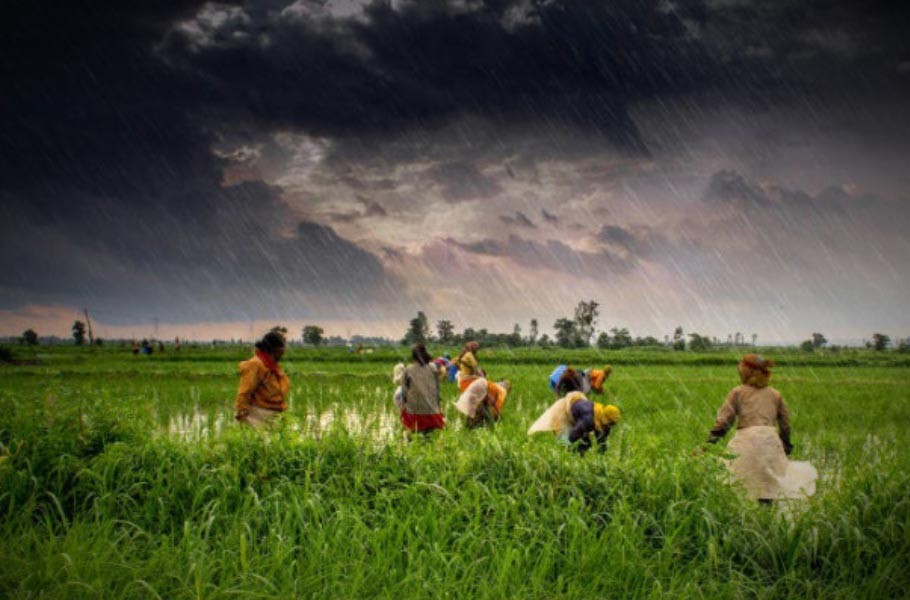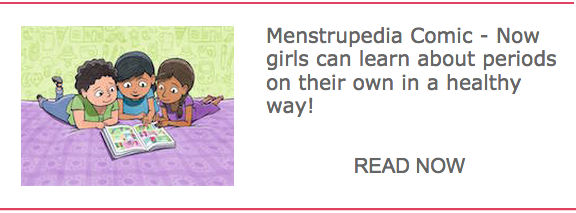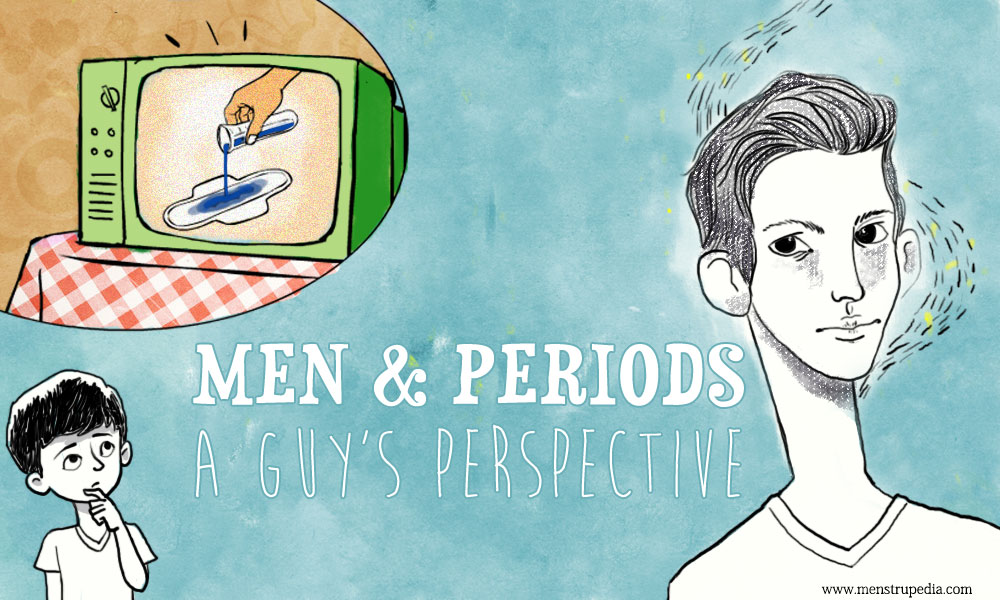India is known for isolating menstruating women, and alienating them from mainstream celebrations and public spaces. However, this peculiar festival—The Raja festival—from Odisha is a breath of fresh liberal air.
One of the oldest festivals of Odisha, the Raja (pronounced Rojo) festival is a celebration of womanhood and fertility, and in particular menstruation as a process. Derived from the word, Rajaswala (menstruating woman), this custom personifies earth as being a figurative mother (mother earth), and is one of the most fascinating harvest traditions that treats womanhood as a blessing, for a change.

This ancient festival, that is spread over three days around June, celebrates the earth’s preparation to bear crop, as it is being fallowed, through slash and burn, for the next harvest. The process is analogous to a woman’s uterus cleansing and getting rid of old eggs, and preparing the uterus for production of new ones. It is believed that, the earth undergoes her menstrual cycle for the three days of the festival, and hence is worshiped and given time to rest around this time.
During the Raja festival, all agricultural processes are suspended and both women and men participate in the festivities with folk music, frolic, and swings and homes decorated with flowers, and no one is allowed to ‘disturb’ any agricultural land or pluck flowers, which they believed would hurt mother earth during her period.
The fourth day, after the festivities subside, villages often welcome heavy showers on the what is called Vasumati Gadhua, or a ceremonial bath of Bhudevi (mother earth), and marks the end of the earth’s fertile gestation period.

What initially started as a tribal ritual, the Raja festival has gone through various evolutionary changes from its conception as a tantric practice, that involved sprinkling period blood that symbolises a life force. And as the reigns of Odisha passed on from one dynasty to another, the festival continued to remodel itself, keeping up with the times and traditions.
In contemporary times, the festival largely centres around agriculture and harvest, but the essence still remains the celebration of womanhood and menstruation, and the customs still involve making young and adolescent women feel revered, respected, and celebrated.
Although it is celebrated in only a small part of the country, the festival is a welcome change from the period stigma, shame, and taboo, that this country has inflicted on its women in the name of culture, religion, and tradition. While some celebratory practices need to catch up with the times, this one should definitely stay and continue to inspire and instill our faith in gender equality.
This article has been re-published from Vagabomb. The original article can be found here.







